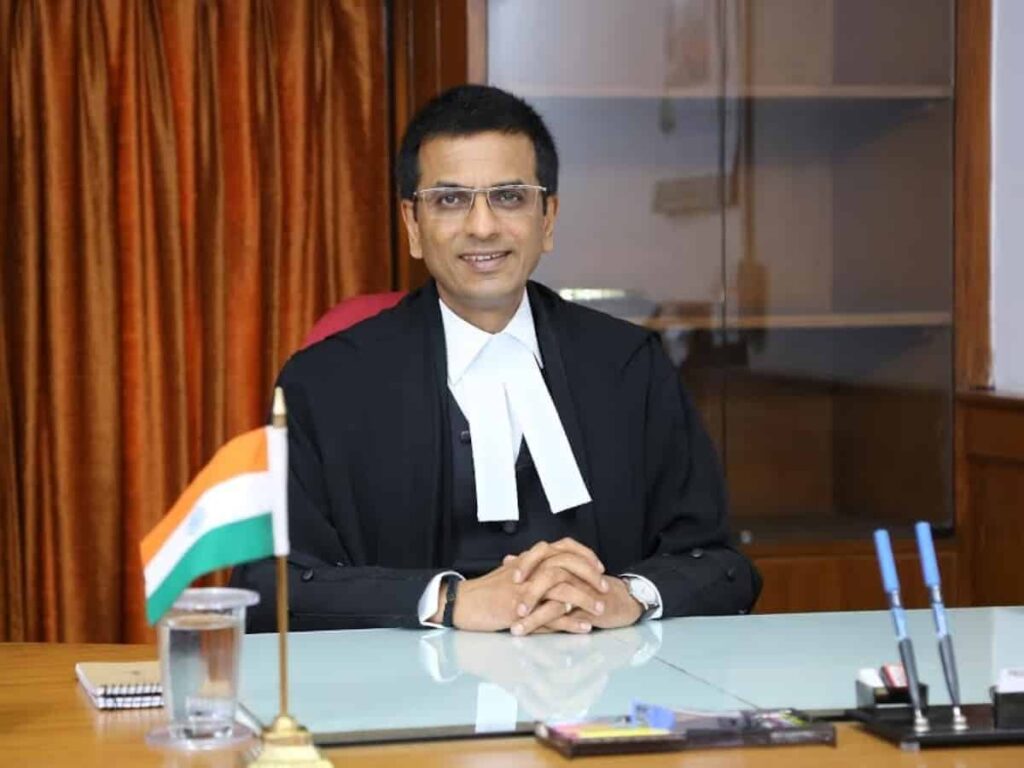Jahanvi Agarwal
On Independence Day, the CJI said that the plan consists of the construction of a new building to accommodate 27 additional courts, 51 judges’ chambers, four registrar courtrooms, 16 registrar chambers, and other requisite facilities for lawyers and litigants.
There are currently 17 courtrooms and two registrar courts in the Supreme Court. Its judicial strength is 32.
Chief Justice Chandrachud stated that an “overhaul” of the court infrastructure was required as a matter of priority in his speech during the 76th Independence Day festivities on the Supreme Court grounds. CJI explained that the focus of the project would be on modernising the court system’s infrastructure.
CJI stated that:
“We plan to expand the Supreme Court by constructing a new building to accommodate 27 additional courts, 51 judges’ chambers, 4 Registrar Court Rooms, 16 Registrar Chambers, and other requisite facilities for lawyers and litigants. This expansion is proposed in two phases.”
The Chief Justice’s remarks went beyond merely announcing the infrastructural initiatives. He further discussed the judiciary’s crucial role in ensuring that “institutions of governance function within the defined constitutional limit” which was another topic of Chief Justice Chandrachud’s speech.
CJI further highlighted that:
“Courts provide a “safe democratic space for individuals to seek protection of their rights and liberties. The Supreme Court particularly has been the vanguard of institutional governance by enhancing access to justice and promoting constitutional values. The past 76 years suggest that the history of the Indian judiciary is the history of the daily life struggles of the Indian people. If our history teaches us anything, it is this – that no matter is big or small for the courts.”
The Chief Justice stated that the courts were only carrying out their plain constitutional duty by examining and delivering judgements on disputes and grievances.
The Supreme Court will be expanded through a two-phase project, according to the CJI. He explained that the first stage would involve demolishing the court museum and annexe building and building a new structure with 15 courtrooms, judge’s chambers, a library for the Supreme Court Bar Association (SCBA), offices for the SCBA and the Supreme Court Advocates-on-Record Association (SCAoRA), a canteen, a women’s bar room, and other facilities.
In the next phase, some of the portion of the existing court complex would be demolished for the construction of the second part of the new building to accommodate 12 courtrooms, judges’ chambers, registrar courts, and lounge for SCBA and SCAoRA.
The Chief Justice noted that:
“Phase III of the e-Courts project seeks to revolutionise the working of courts in India by inter-linking of all courts across the country, setting up the infrastructure of paperless court, digitisation of court records, and setting up advanced e-sewa kendras in all court complexes. The court had operationalised screen readable website and case files to remove the barriers faced by the blind community in accessing the court services.”

